elemintalshop
Chiang Kai-shek 1 New Taiwan Dollar Authentic Coin Money for Jewelry and Craft Making (Republic of China) (Kuomintang) (President of China)
Chiang Kai-shek 1 New Taiwan Dollar Authentic Coin Money for Jewelry and Craft Making (Republic of China) (Kuomintang) (President of China)
Couldn't load pickup availability
Chiang Kai-shek 1 New Taiwan Dollar Authentic Coin Money for Jewelry and Craft Making (Republic of China) (President of China)
Obverse: Chiang Kai-shek bust left, date above
Lettering: 年十七國民華中
Translation: Republic of China Year 70
(N.B. These coins were issued between 1981 and 2019 and the "Year" number varies coin by coin. Also, "1981" is not what is on the coin. The coin refers to Year 70 etc., since 1981 is 70 years since the 1911 foundation of the Republic of China.)
Reverse: Denomination
Lettering: 圓壹 1
Translation: One New Taiwan Dollar
Features
Issuer Taiwan
Period Republic (1949-date)
Type Standard circulation coin
Years 70-108 (1981-2019)
Calendar Chinese republican
Value 1 New Dollar
1 TWD = 0.036 USD
Currency New dollar (1949-date)
Composition Aluminium-bronze
Weight 3.8 g
Diameter 20 mm
Thickness 1.57 mm
Shape Round
Orientation Medal alignment ↑↑
Number N# 966
References Y# 551, Schön# 21
Wikipedia:
Chiang Kai-shek (31 October 1887 – 5 April 1975), also known as Chiang Chung-cheng and romanized via Mandarin as Chiang Chieh-shih and Jiang Jieshi, was a Chinese Nationalist politician, revolutionary and military leader who served as the leader of the Republic of China between 1928 and 1975, first in mainland China until 1949 and then in Taiwan until his death.
Born in Chekiang (Zhejiang) Province, Chiang was a member of the Kuomintang (KMT) and a lieutenant of Sun Yat-sen in the revolution to overthrow the Beiyang government and reunify China. With help from the Soviets and the Communist Party of China (CPC, commonly known as the Chinese Communist Party or CCP), Chiang organized the military for Sun's Canton Nationalist Government and headed the Whampoa Military Academy. Commander in chief of the National Revolutionary Army (from which he came to be known as Generalissimo), he led the Northern Expedition from 1926 to 1928, before defeating a coalition of warlords and nominally reunifying China under a new Nationalist government. Midway through the Northern Expedition, the KMT–CPC alliance broke down and Chiang purged the communists inside the party, triggering a civil war with the CPC, which he eventually lost in 1949.
As leader of the Republic of China in the Nanjing decade, Chiang sought to strike a difficult balance between modernizing China while also devoting resources to defending the nation against the CPC, warlords, and the impending Japanese threat. Trying to avoid a war with Japan while hostilities with the CPC continued, he was kidnapped in the Xi'an Incident and obliged to form an Anti-Japanese United Front with the CPC. Following the Marco Polo Bridge Incident in 1937, he mobilized China for the Second Sino-Japanese War. For eight years he led the war of resistance against a vastly superior enemy, mostly from the wartime capital Chongqing. As the leader of a major Allied power, Chiang met with British Prime Minister Winston Churchill and U.S. President Franklin D. Roosevelt in the Cairo Conference to discuss terms for Japanese surrender. No sooner had the Second World War ended than the Civil War with the communists, by then led by Mao Zedong, resumed. Chiang's nationalists were mostly defeated in a few decisive battles in 1948.
In 1949 Chiang's government and army retreated to Taiwan, where Chiang imposed martial law and persecuted critics during the White Terror. Presiding over a period of social reforms and economic prosperity, Chiang won five elections to six-year terms as President of the Republic of China and was Director-General of the Kuomintang until his death in 1975, three years into his fifth term as President and just one year before Mao's death.
One of the longest-serving non-royal heads of state in the 20th century, Chiang was the longest-serving non-royal ruler of China having held the post for 46 years. Like Mao, he is regarded as a controversial figure. Supporters credit him with playing a major part in unifying the nation and leading the Chinese resistance against Japan, as well as with countering Soviet-communist encroachment. Detractors and critics denounce him as a dictator at the front of a corrupt authoritarian regime who suppressed opponents.
Share
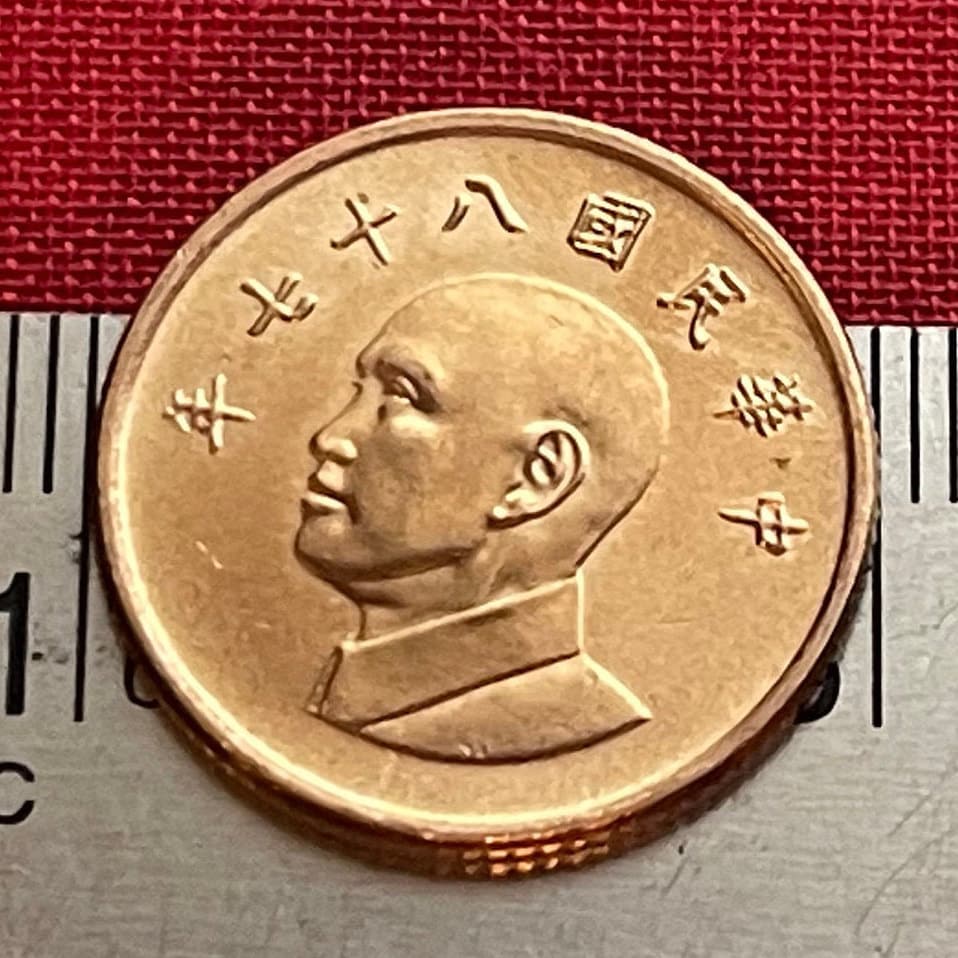
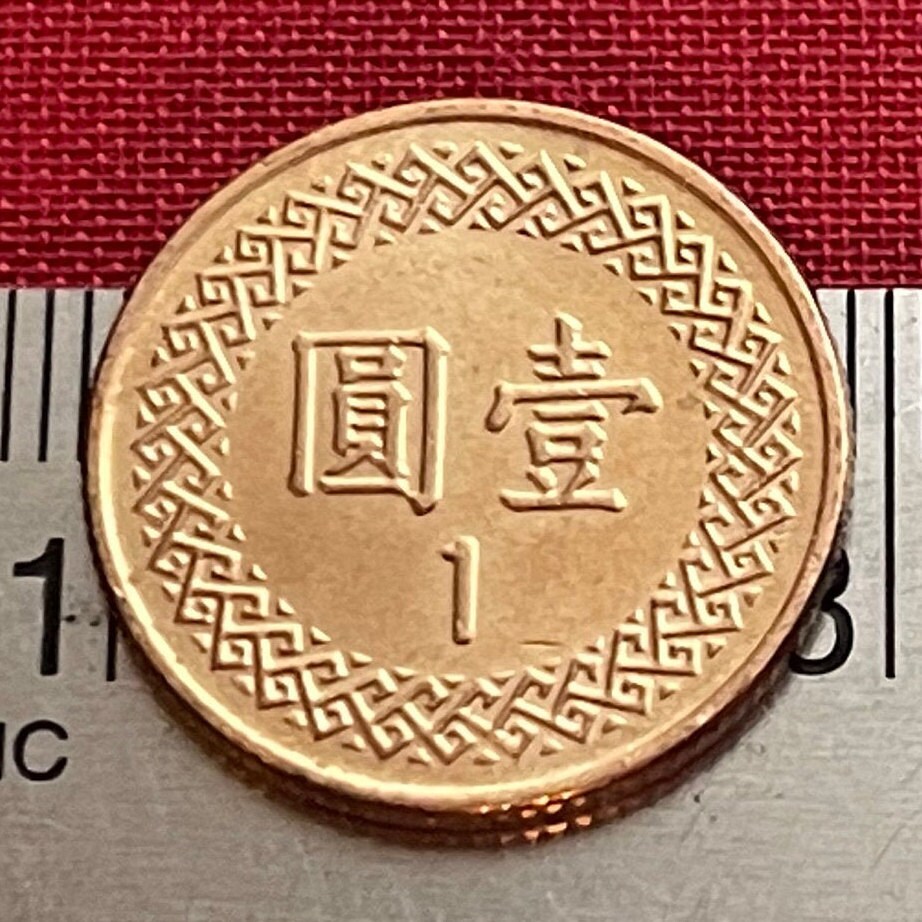
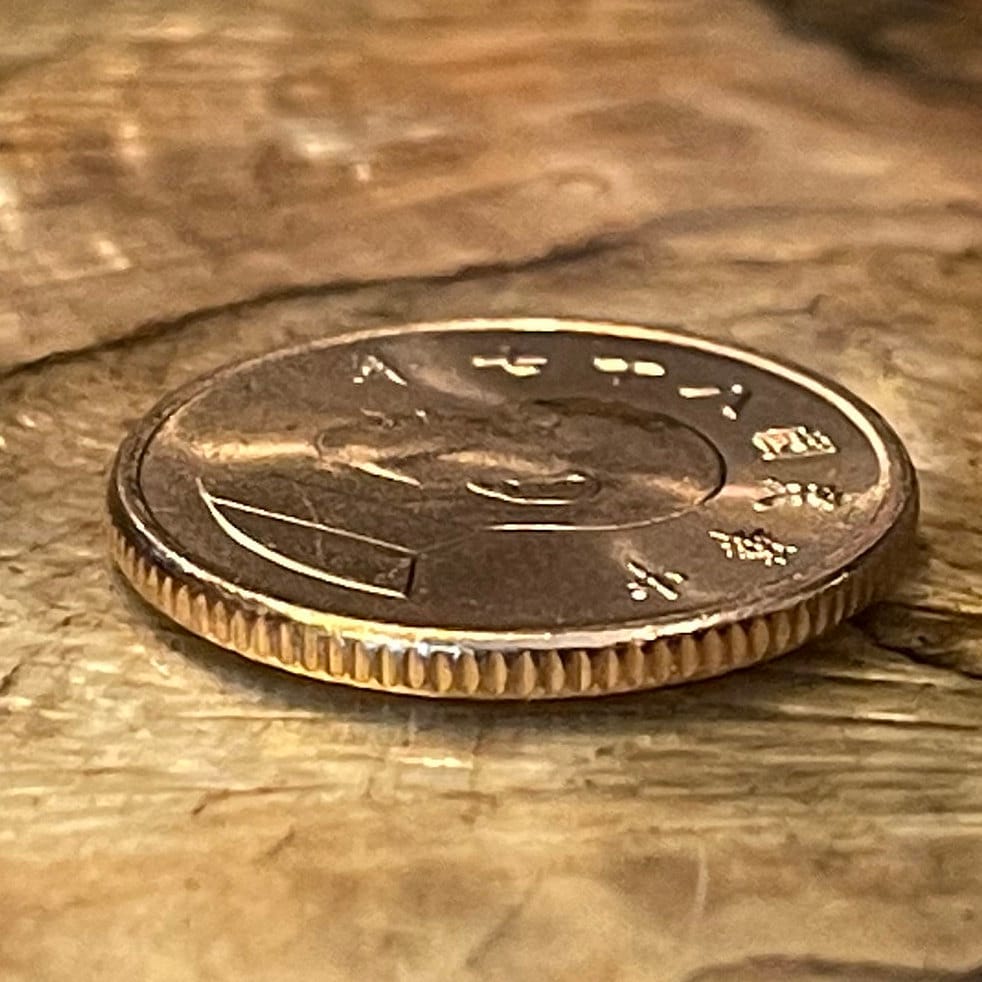
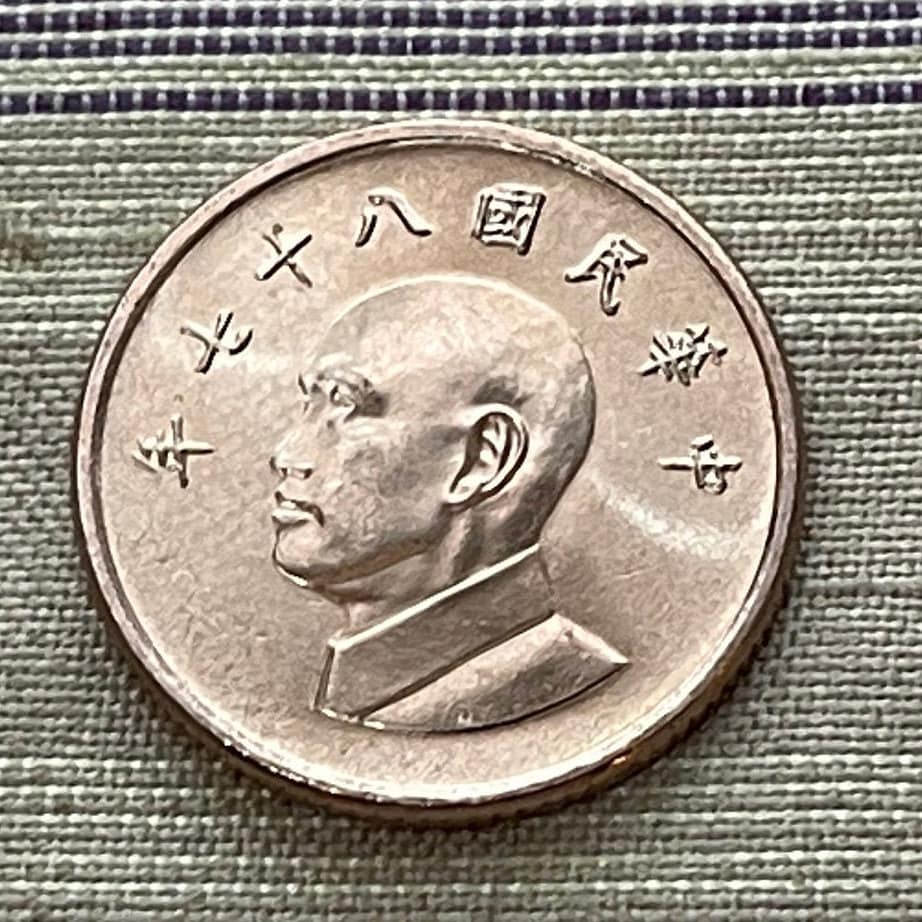
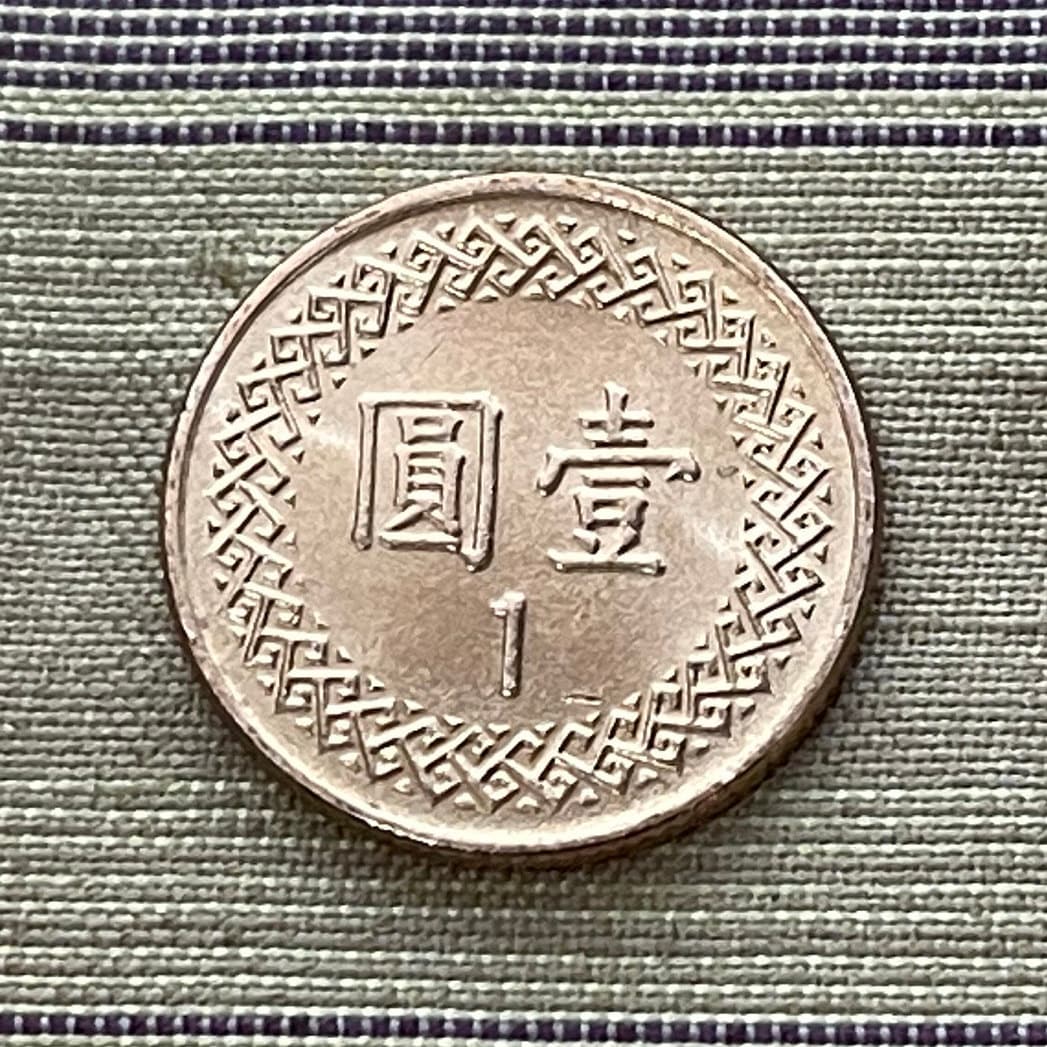
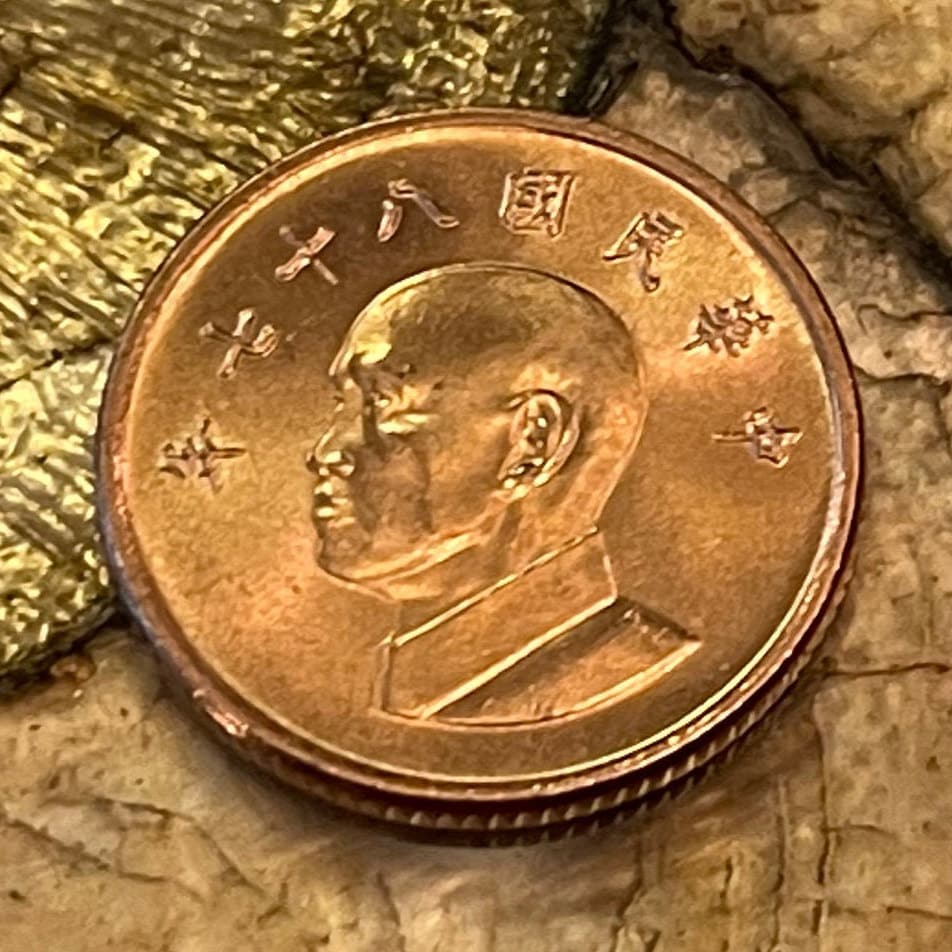
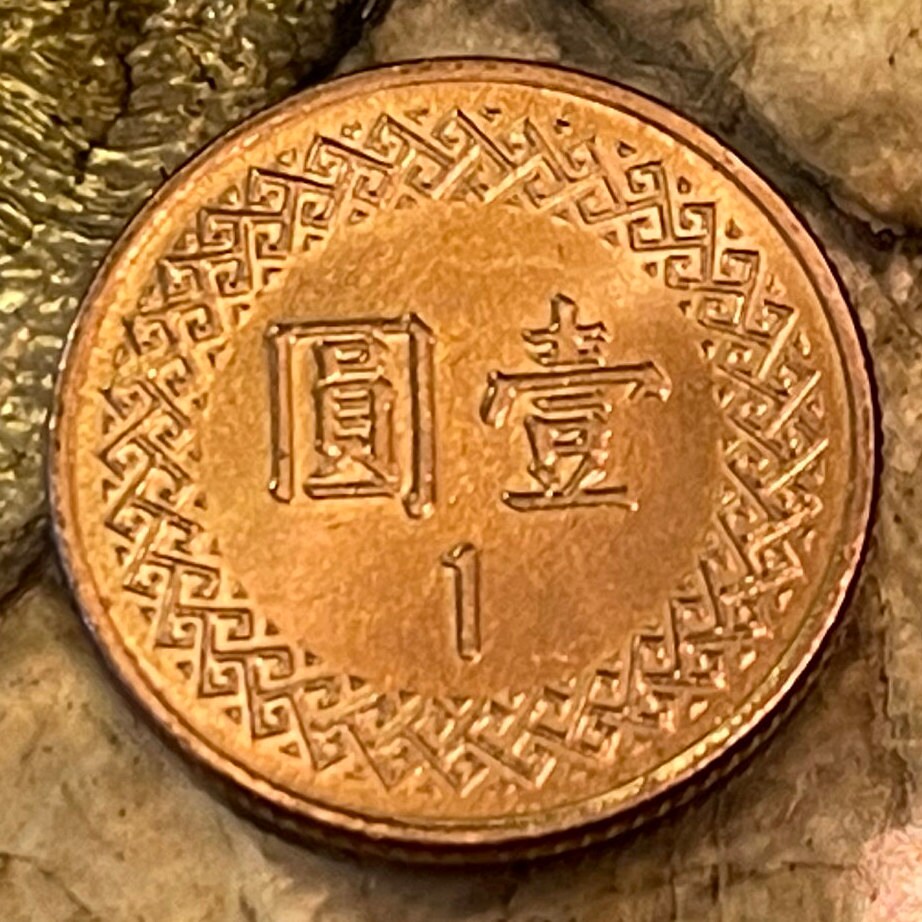
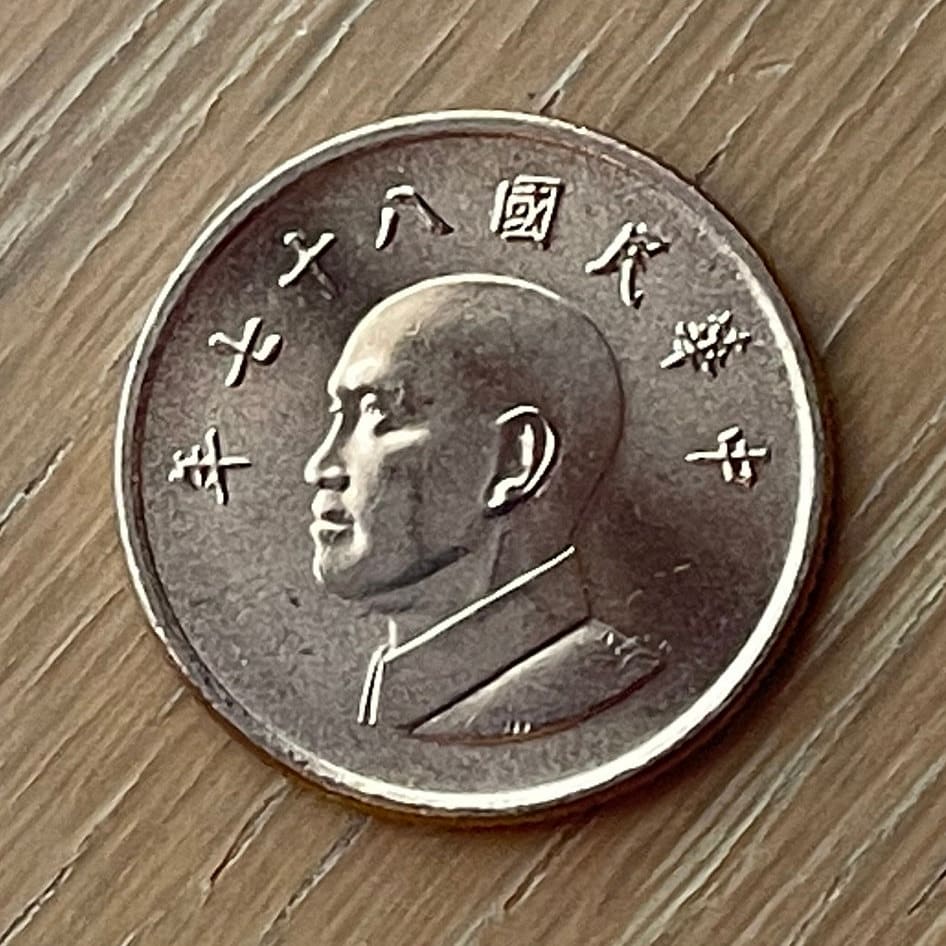
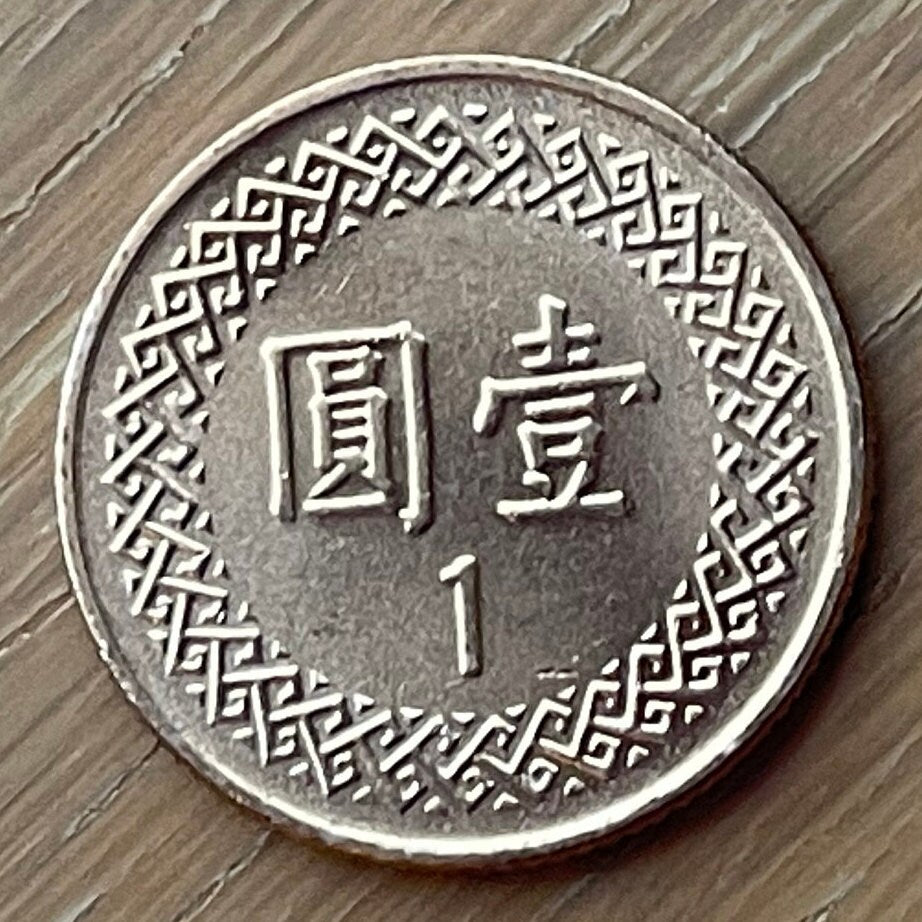
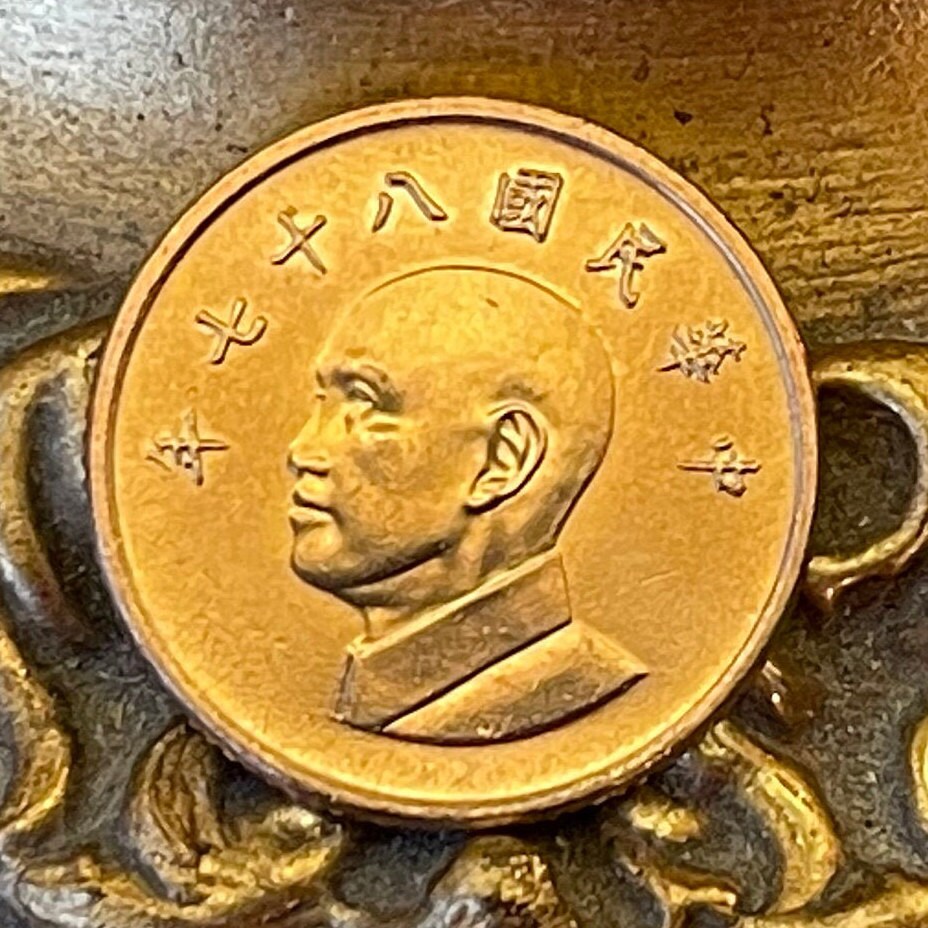
This is a very nice coin.
A welcome addition to my collection.









